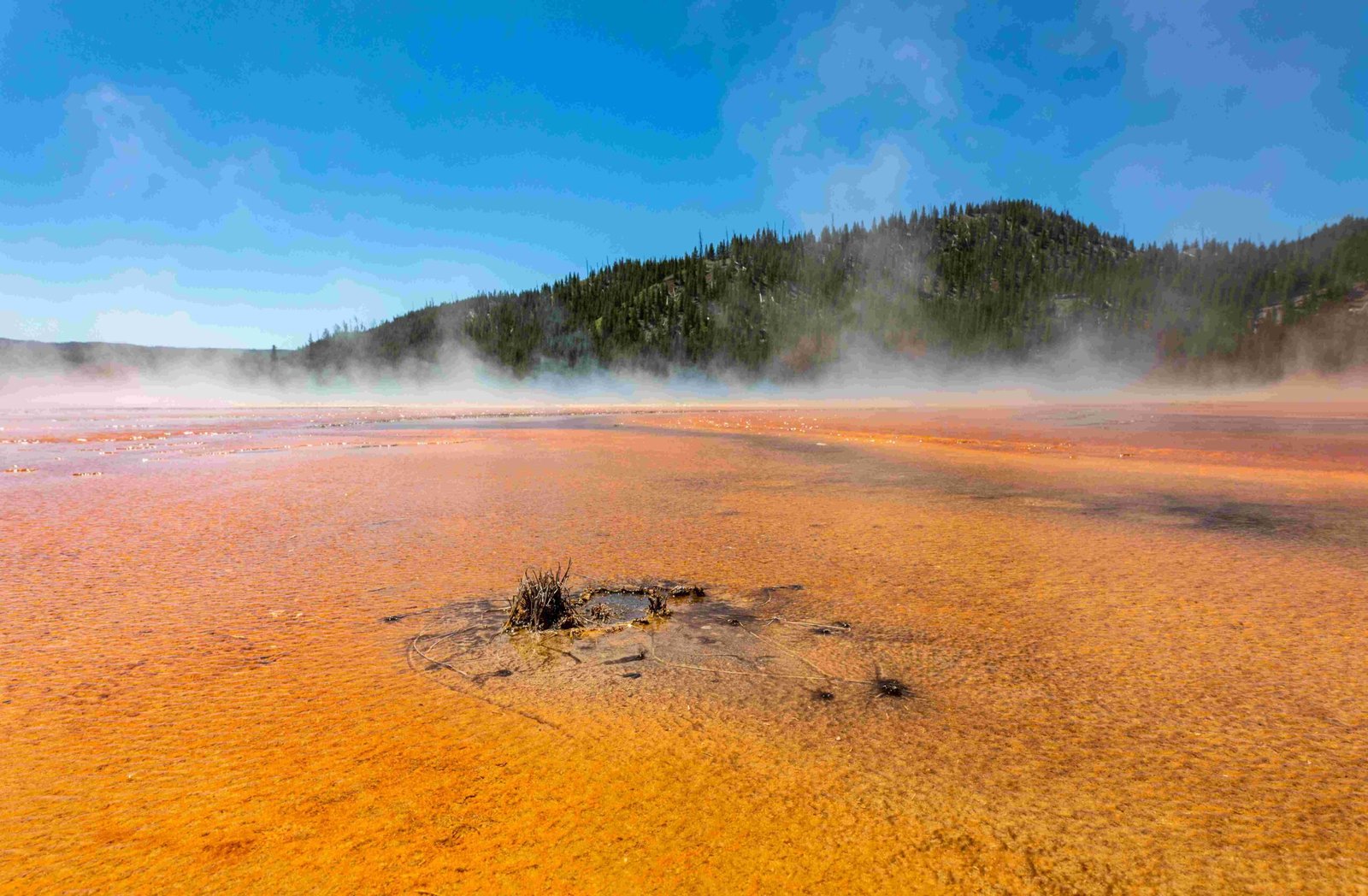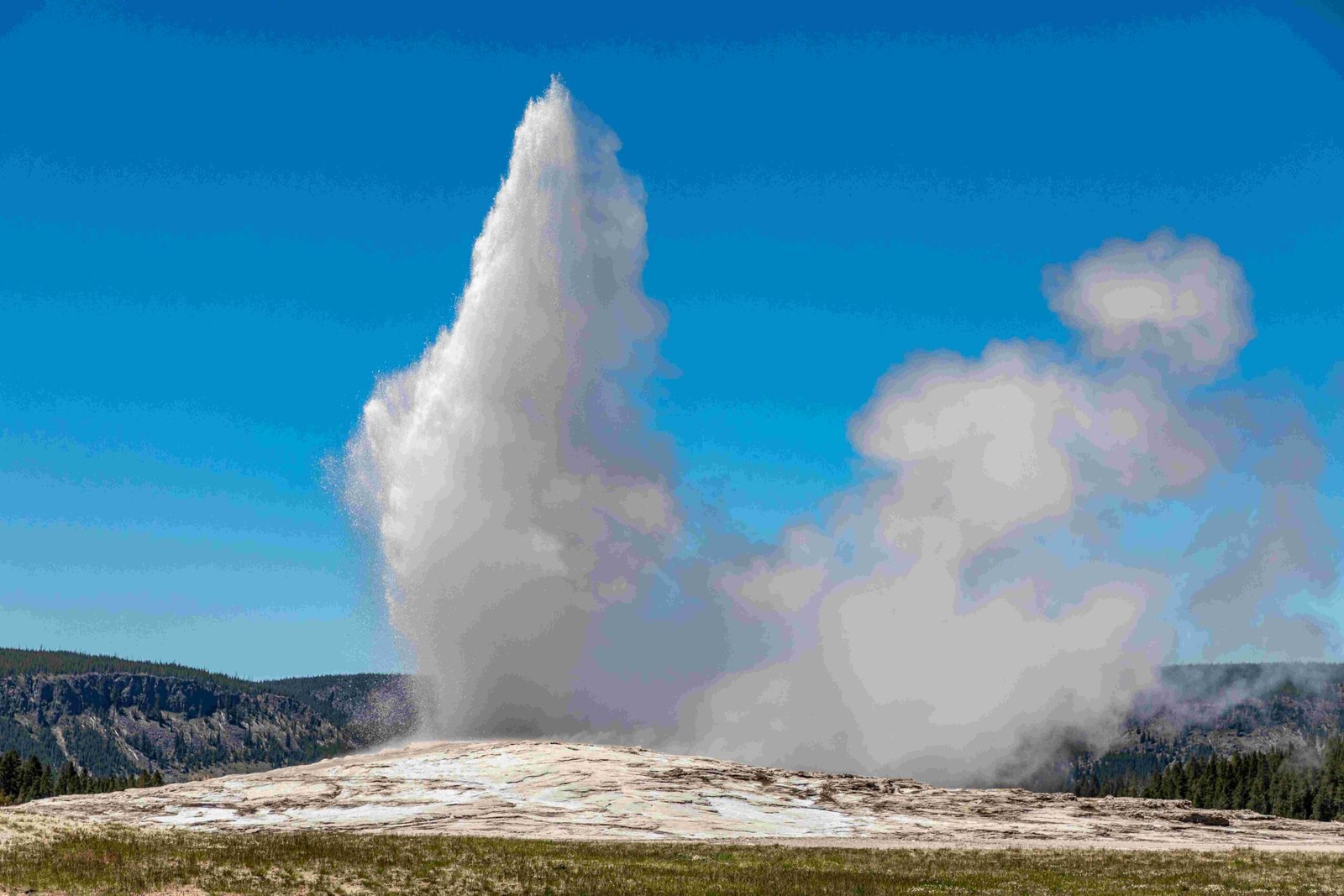Yellowstone National Park, renowned for its diverse wildlife and stunning landscapes, has witnessed several incidents where bison have gored visitors. Between 2000 and 2015, 25 bison-related injuries were reported, with a median of 1 injury per year. Most incidents occurred in June and July, particularly near the Old Faithful geyser area. Recent cases include a woman gored near Lake Lodge Cabins in July 2023 and another incident near Storm Point Trail in June 2024. These events highlight the critical need for visitor awareness and adherence to safety guidelines when encountering wildlife in the park.
What Are the Documented Statistics on Bison Gores in Yellowstone?

The statistics on bison gores in Yellowstone National Park provide valuable insights into the frequency and nature of these incidents:
- 25 reported bison-related injuries from 2000 to 2015
- Median of 1 injury per year (range: 0-5/year)
- Majority of incidents in June and July
- Old Faithful geyser area: highest number of bison encounters (7 injuries)
These numbers underscore the importance of visitor education and adherence to safety guidelines, especially during peak tourist seasons and in popular areas of the park.
How Can Visitors Stay Safe Around Bison in Yellowstone?

To ensure safety around bison and other wildlife in Yellowstone, visitors should follow these guidelines:
- Maintain safe distances:
- At least 25 yards (23 meters) from bison, elk, bighorn sheep, deer, moose, and coyotes
-
At least 100 yards (91 meters) from bears and wolves
-
Avoid risky behaviors:
- Do not approach bison or any wildlife
- Refrain from close-range photography
- Never walk towards or past bison, especially during mating season (mid-July to mid-August)
-
If a bison approaches, move away slowly; do not run
-
Emergency procedures:
- Stay calm and back away slowly if an encounter occurs
- Seek immediate medical attention if injured
- Contact park emergency services for assistance
By following these guidelines, visitors can significantly reduce the risk of dangerous encounters with bison and other wildlife in Yellowstone.
What Triggers Bison Aggression in Yellowstone?
Understanding bison behavior is crucial for visitor safety. Here are key factors that can trigger bison aggression:
- Perceived threats to personal space
- Mating season agitation (mid-July through mid-August)
- Protection of calves
- Sudden movements or loud noises from humans
- Overcrowding or encroachment on their territory
Bison are generally not aggressive but will defend themselves when they feel threatened. Visitors should be especially cautious during the mating season when bison are more prone to agitation.
Where Are Bison Encounters Most Likely to Occur in Yellowstone?
Bison encounters are more frequent in certain areas of Yellowstone National Park:
| Location | Risk Level | Reason |
|---|---|---|
| Old Faithful geyser area | High | High visitor concentration |
| Hiking trails | Moderate to High | Shared spaces with wildlife |
| Geyser basins | Moderate | Popular tourist spots |
| Developed areas | Moderate | Frequent human activity |
| Winter ranges | Low to Moderate | Seasonal bison migration |
Visitors should exercise extra caution in these high-risk areas, especially during peak tourist seasons when bison are more active and visitor numbers are higher.
What Park Facilities and Regulations Ensure Visitor Safety?
Yellowstone National Park has implemented various measures to ensure visitor safety:
- Educational outreach:
- Informational signs and flyers
- Website resources
- Exhibits and videos
-
Social media campaigns
-
Park regulations:
- Mandatory safe distance maintenance
- Prohibition on approaching or feeding wildlife
-
Fines and penalties for non-compliance
-
Designated viewing areas:
-
While not strictly defined, visitors are advised to stay on designated trails and boardwalks
-
Emergency services:
- Park rangers and medical staff available for immediate response
These measures aim to educate visitors and minimize the risk of dangerous wildlife encounters while preserving the natural behavior of the park’s fauna.
How Do Seasonal Patterns Affect Bison Behavior in Yellowstone?
Bison behavior in Yellowstone is significantly influenced by seasonal patterns:
- Summer (June-August):
- Mating season (mid-July to mid-August)
- Increased aggression and territorial behavior
-
Higher visitor numbers, leading to more potential encounters
-
Fall (September-November):
- Post-mating season, generally calmer behavior
-
Beginning of migration to winter ranges
-
Winter (December-February):
- Movement to lower elevations
-
Congregating in smaller areas, potentially increasing encounter risks in certain locations
-
Spring (March-May):
- Calving season
- Protective behavior around young
- Return migration to summer ranges
Understanding these seasonal patterns can help visitors anticipate bison behavior and plan their visits accordingly to minimize risks.
By adhering to park guidelines, respecting wildlife space, and staying informed about bison behavior, visitors can enjoy the majestic beauty of Yellowstone National Park while ensuring their safety and the well-being of the park’s iconic bison herds.
References:
- ScienceDirect: Risk-enhancing behaviors associated with human injuries from bison encounters in Yellowstone National Park
- National Park Service: News Release – Woman gored by bison in Yellowstone National Park
- National Park Service: Notes from the Field: Injuries Associated with Bison Encounters — Yellowstone National Park, 2015

